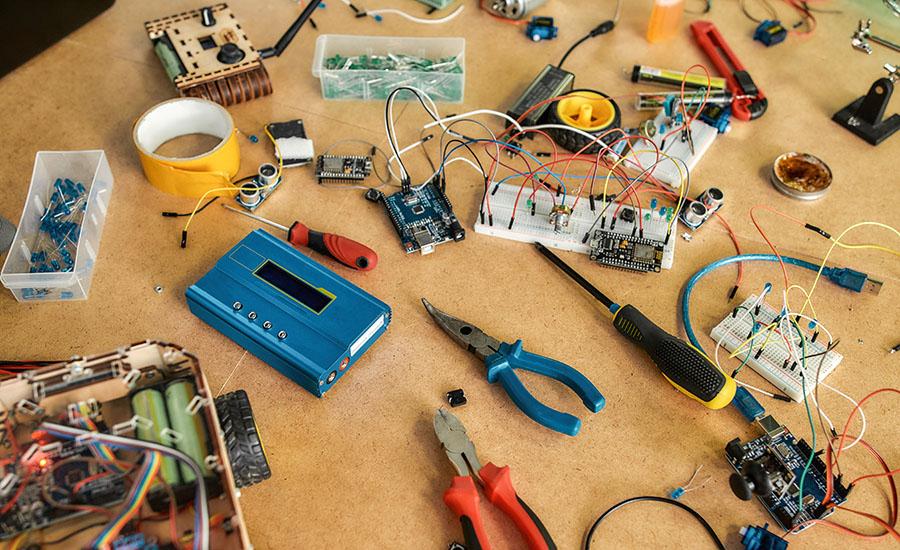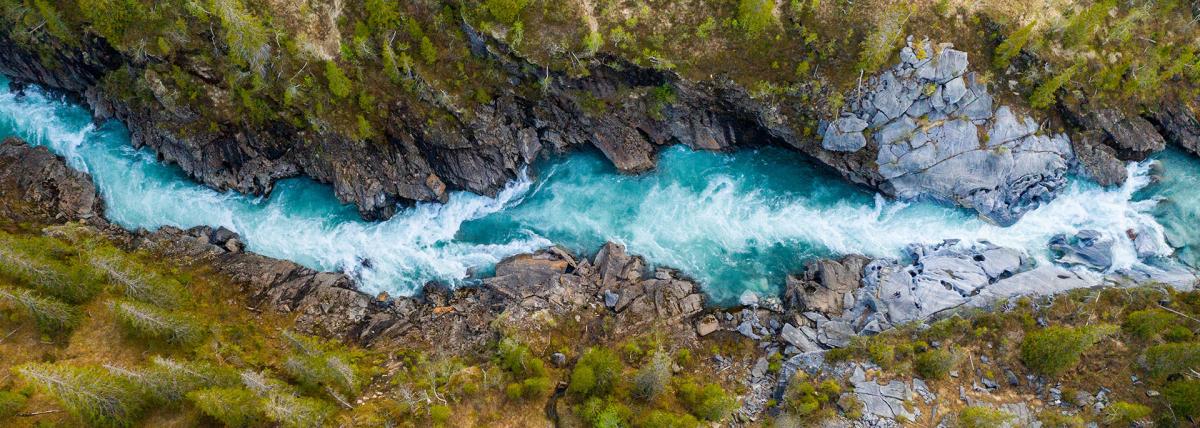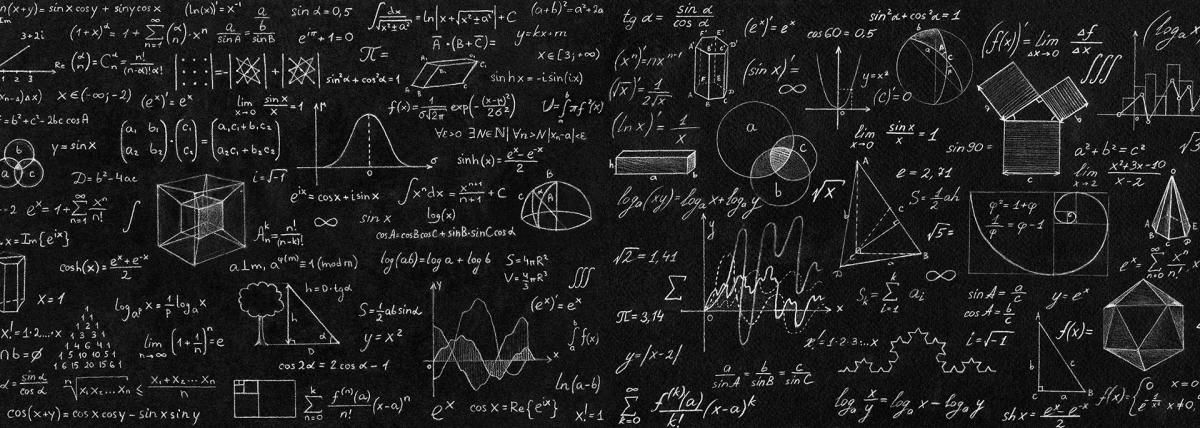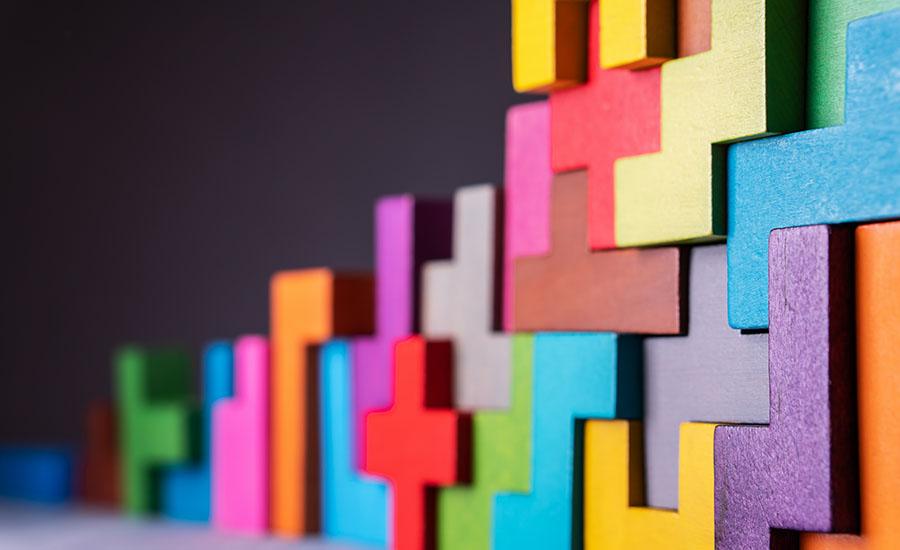
Students will apply physics and engineering principles to design and construct a functional mini-golf course using homemade materials.

Students will apply physics and engineering principles to design and construct a functional mini-golf course using homemade materials.

Students will build the strongest boat they can using only aluminum foil. They will learn about engineering design, water displacement, the effects of gravity, decimal multiplication, and geometry.

Phenomenal Forces and Motion is an amazing lesson which introduces students to the world of physics and Newton’s three laws of motion. Students will find out how some of the basic principles of

Students spend time learning about Newton's 3 Laws of Motion, but can they correctly identify which one is being used when they see it? This lesson focuses on identifying each Law of Motion as a

After reading the picture book: "What Do You Do with an Idea?", students will create a table game using basic supplies. This hands-on lesson can be used when talking about force and motion, a 5th

Students will listen to the story "Iggy Peck Architect" and create a bridge using available materials to see if it can carry weight. They will explore engineering as they plan, construct, and test

Students utilize the Engineering Design Process to create a sailboat! Students must design and build a sailboat that will get them from one end of the channel where they are stranded to the other. It

This lesson will provide students with the opportunity to research and design their own roller coaster. This will give them the experience to understand how gravity works on Earth and why people are

This hands-on lesson uses a Modeling Instruction approach to experimental design and analysis leading students to develop the graphical and mathematical relationships for accelerated motion, or